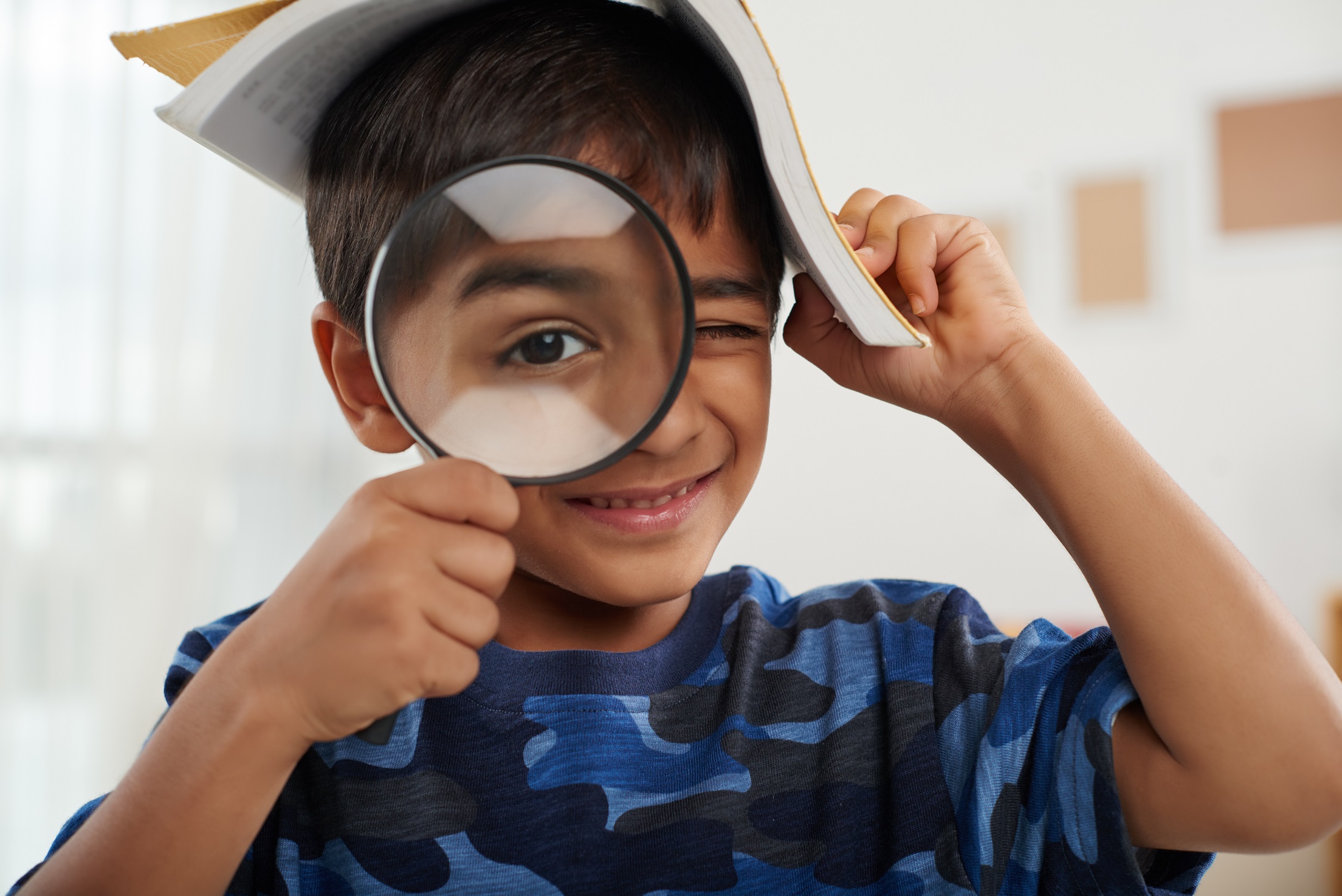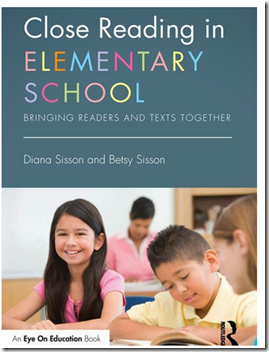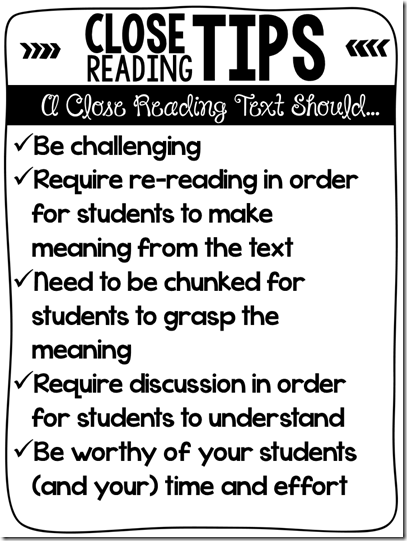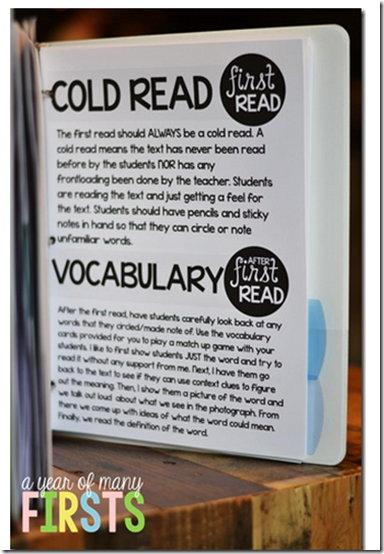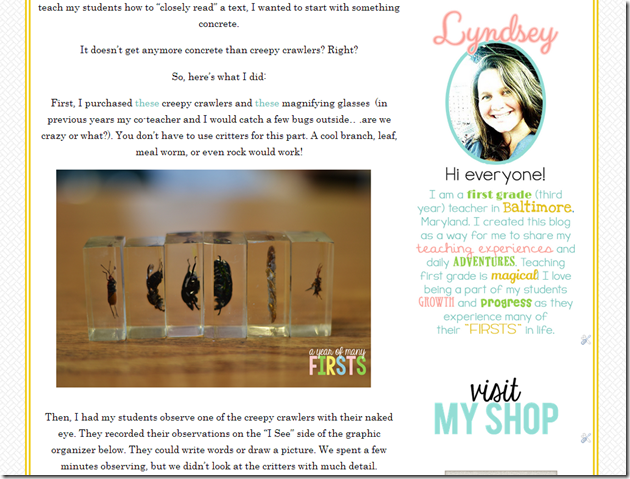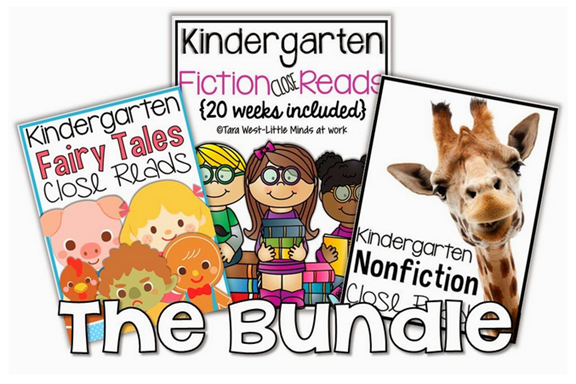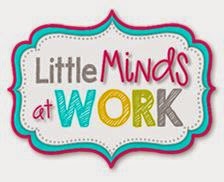Are you ready to take part in discussing Chapter 3 of Close Reading in Elementary School? Like we mentioned last week, Tara and I decided to skip Chapter 2 since so much of it focused on the HISTORY of close reading. While we won’t be discussing it in our book study, we strongly suggest you read it because it does offer some interesting insight on how close reading made its way back into the classroom!
Okay, let’s dig into Chapter 3! Who else found Chapter 3 to be VERY informative? I love how the author broke down what a close reading text should include. The author references the importance of text complexity again, but also states other important components of what a close reading text should include.
I broke down the key points below. Click on the image below to download it. I suggest making a little binder/folder and placing all of the resources you find on close reading inside!
I think one of the biggest adjustments for students and teachers is the second checkmark: re-reading in order to make meaning from the text. Training our students to stop, discuss, look back, reflect, and ask questions is HARD WORK, but I PROMISE you will be amazed by the magic that takes place when your students closely reading a text! There were many times this past year when I cried happy tears because of the thought-provoking discussions and observations that took place at my small group table. Students were often SHOCKED when they would read a text the second or third time and would say things like, “Oh, I didn’t even notice that the first time I read it.” Or, a student would stop and shout “I GET IT NOW!”
Here’s a great analogy of why close reading is so important:
Think about the first day of school when you first meet all of your students. Chances are, in the beginning, you know very little about each and every one of them. I know that usually after the first day, I’m often thinking, “Wow! How am I ever going to teach these children when I’m so unfamiliar with what they can/cannot do, etc.” Usually I’m feeling a bit clueless, frustrated, and nervous because I don’t know them. However, you learn more and more about them as each day passes just by asking questions and spending time with them! Eventually, YOU become the expert on how to help them be successful! Now, imagine if we stopped after day one. We’d still have so much to learn about our students. Close reading is the same thing. Students are only going to have a partial understanding of a text if they read it one time. Peeling away the layers requires multiple reads to fully understand what the text is saying. As they peel away each layer, they are getting closer and closer to fully comprehending the text.
The text says to think about each layer, or each time the text is read, as a different level.
Here’s a breakdown of how each level leads to new discoveries:
Literal Level: What the text says: the things that actually happened in the story. You can point to the text to show the literal meaning. If the text says, “Sally walked around the new Corvette, got behind the steering wheel, and smiled at herself in the review mirror of her most recent purchase,” the literal meaning is that Sally just bought a new car.Inferential Level: What the text means: the meanings drawn from the literal level. If the text says that Sally got into her new sports car, we can infer that Sally likes to be sporty and has money to spend on a car.
Evaluative Level: What the text tells us about our world: the ideas that you can draw about the world outside of the story. For example in the story about Sally’s car, we can make the connection that people like new things, or we can conclude that the author is making the point that women like sports cars as much as men do.
Want some more insight on how I conduct each stage of close reading in my classroom? I break down what I do at each stage of re-reading in my
Close Reading for Beginners pack. You can grab it by clicking on the image below:
You may find presenting complex texts to your students to be a challenging task. Chapter 2 also focuses a lot on how to scaffold the implementation of close reading.
I LOVE the suggestion of starting slow by showing students a video (appropriate for their age group) in lieu of a written text, but still conducting a “close read” of the video.
The text also suggests to conduct close reads through read-alouds (this is something that Tara is an EXPERT at doing! You can read a detailed blog post about how she conducts read-aloud close reads by clicking
HERE). Another suggestion the book states is to use picture books as close reads, which allows students to use visual support to help them better understand the written components of a text.
The text also suggests to start with something hands-on or concrete. In a previous blog post, I mentioned how I like to ALWAYS start concrete when teaching my students any skill. If you missed my blog post on how introduce close reading using creepy crawlers, click on the image below to go read it!’
I hope Chapter 3 was informative for you! Awhile ago I made this FREE
“Close Reading Beginner’s Guide” and put it in my TPT shop. This free resource is like a “starter kit” to get you geared up for close reading in your classroom.
Click on the preview below to download it for FREE:

As always, be sure to check out the Close Reading resources I have in my shop:

Do you have any questions you’d like us to answer about Chapter 3? Anything you’d like to share? See you next week when you dive into Chapter 4!!! Be sure to go read about what Tara thought of Chapter 3. Click on her button below:


